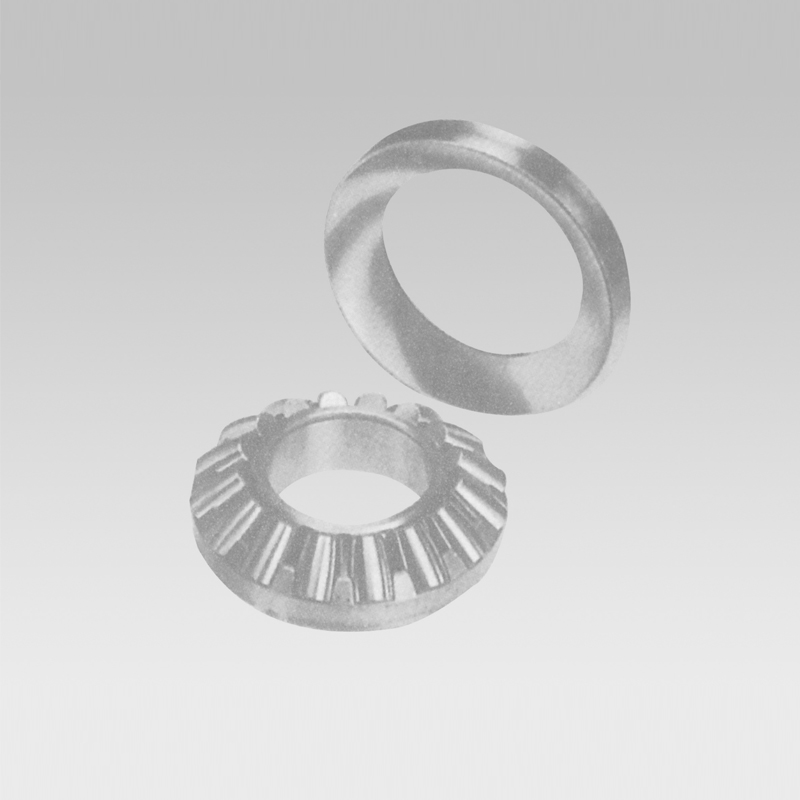
10 月 . 06, 2024 08:13 Back to list
taper roller bearing seals
Understanding Taper Roller Bearing Seals
Taper roller bearings are a crucial component in various machinery and automotive systems. They are designed to handle both radial and axial loads, providing superior performance compared to conventional bearings. However, the effectiveness of taper roller bearings heavily relies on the seals that protect them from environmental contaminants such as dust, dirt, and moisture. This article delves into the importance of seals in taper roller bearings, their types, and their applications.
Importance of Seals
The primary function of seals in taper roller bearings is to keep lubricants in and prevent intrusions from external contaminants. This is vital because any foreign particles that enter the bearing assembly can lead to premature wear, increased heat generation, and ultimately, catastrophic failure. Seals help maintain optimal operating conditions, ensuring that the bearings function smoothly and effectively over their intended lifespan.
Moreover, seals contribute to the overall efficiency of the bearing system. By retaining the lubricant, they minimize friction during operation, which, in turn, reduces energy consumption and enhances performance. This is particularly important in high-speed applications where the rapid movement generates significant heat, necessitating efficient lubrication and sealing solutions.
Types of Taper Roller Bearing Seals
Taper roller bearing seals are available in various types, each offering distinct advantages based on the application and environmental conditions. The most common types include
taper roller bearing seals

1. Rubber Seals Made from materials like nitrile or silicone, rubber seals are widely used due to their flexibility and resistance to oils and other lubricants. They provide excellent sealing performance against dust and moisture.
2. Metal Shields These are thin metal coverings that provide a barrier against debris while allowing for some degree of lubrication escape. Metal shields are often used in applications where high temperatures and pressures are prevalent, as they can withstand harsher operating conditions.
3. Labyrinth Seals Designed with a series of grooves or channels, labyrinth seals provide an intricate pathway for contaminants to navigate. This design effectively traps contaminants and restricts their entry into the bearing, making them suitable for highly demanding environments.
4. Composite Seals Combining the benefits of rubber and metal, composite seals offer enhanced durability and sealing capability. They can effectively cope with extreme temperatures and pressures while maintaining their integrity over time.
Applications
Taper roller bearing seals are utilized in an array of applications across different industries. In the automotive sector, they are essential in wheel hubs, transmissions, and differential assemblies, where they protect bearings from the harsh conditions of road exposure. In industrial machinery, they are found in conveyor systems, pumps, and gearboxes, ensuring reliable operation in demanding environments.
In conclusion, taper roller bearing seals play a vital role in extending the lifespan and performance of bearing assemblies. The choice of seal type should be based on specific application requirements, considering factors such as load conditions, environmental exposure, and temperature ranges. By ensuring proper sealing, one can enhance the durability and efficiency of taper roller bearings, leading to reduced maintenance costs and improved operational reliability. As technology continues to advance, innovations in sealing solutions will further bolster the performance capabilities of taper roller bearings across various sectors.
Latest news
-
Unlocking Efficiency with Spherical Roller Bearings
NewsOct.29,2024
-
The Ultimate Guide to Thrust Ball Bearings
NewsOct.29,2024
-
The Power of Thrust Roller Bearings: Engineered for Excellence
NewsOct.29,2024
-
The Power of Deep Groove Ball Bearings for Your Application Needs!
NewsOct.29,2024
-
The Power and Performance of Cylindrical Roller Bearings
NewsOct.29,2024
-
High-Quality Ball Bearing Manufacturing Machines
NewsOct.29,2024
